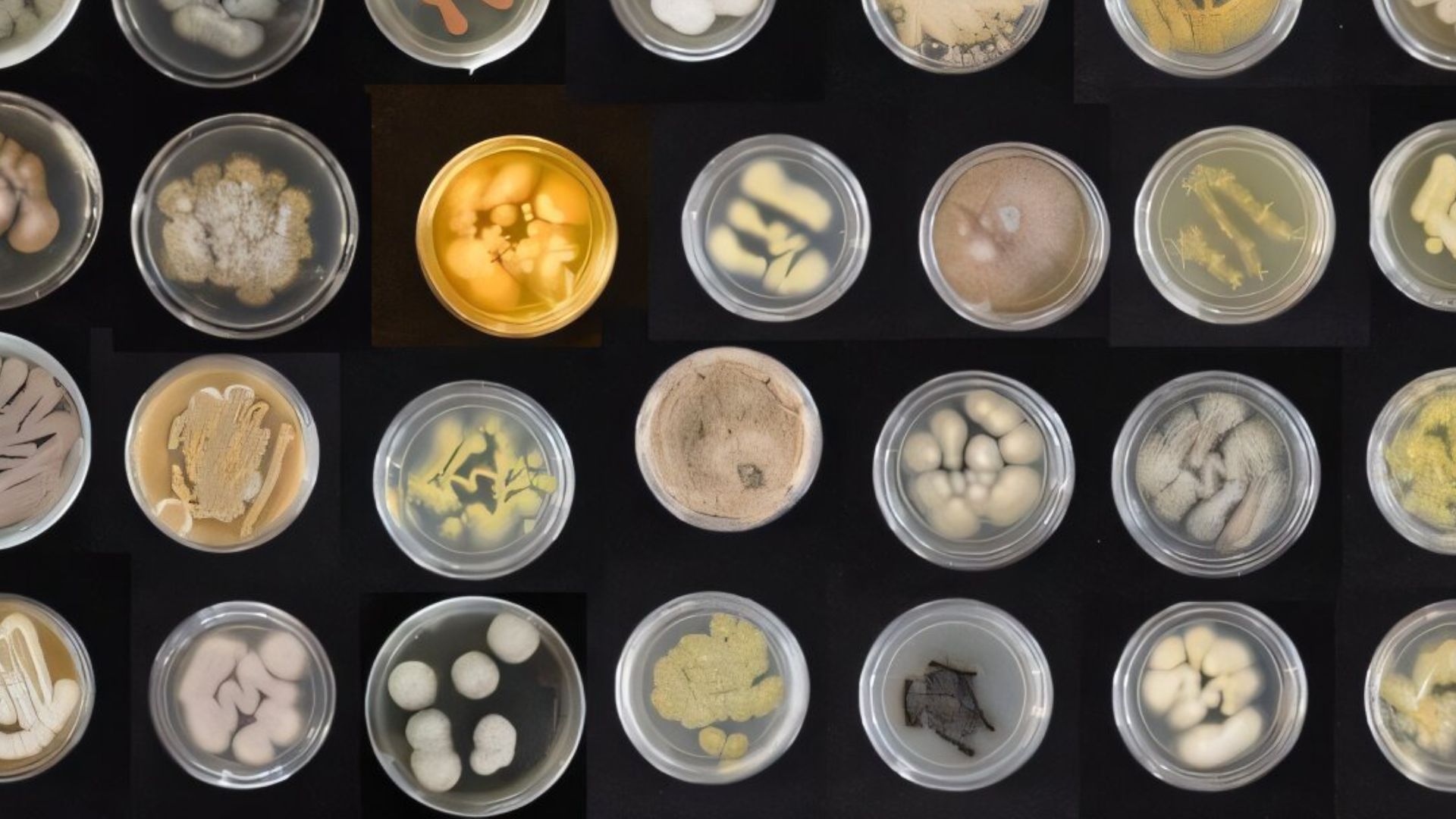
Fungi have long been regarded as promising partners in the battle against plastic waste. These remarkable microorganisms possess the unique ability to decompose materials that other organisms cannot, earning them the title of nature’s recyclers. This characteristic makes fungi particularly valuable in breaking down small particles of plastic.
Interesting Engineering has previously highlighted a variety of advancements in this area, and new research continues to shed light on these potential eco-solutions.
A recent study conducted by researchers at the University of Hawai’i at Mānoa has revealed that marine fungi native to Hawaii can effectively break down plastic, with some strains exhibiting the ability to do so at an accelerated rate.
According to Ronja Steinbach, the lead author from the UH Mānoa College of Natural Sciences, “The persistence of plastic in the environment is a significant issue, as it resists degradation through current technologies.”
Steinbach adds, “Our findings underscore the potential of marine fungi as an underexplored resource for developing innovative methods to recycle and eliminate plastic from our ecosystems. Remarkably, we estimate that less than one percent of marine fungi have been documented so far.”
Increased Feeding Efficiency by 15%
While plastics are economical and versatile, their disposal poses a critical environmental challenge due to their resistance to decomposition.
Research efforts have increasingly focused on harnessing microbes, particularly bacteria and fungi, to tackle plastic waste.
In this latest study, the research team examined marine fungi collected from a variety of sources, including sand, seaweed, corals, and sponges along Hawaii’s coast.
The scientists assessed the isolated fungal strains for their ability to degrade polyurethane, a common plastic used in medical and industrial applications.
By selectively cultivating the most rapidly growing fungi, they aimed to determine if increased exposure to polyurethane could enhance the plastics’ degradation process.
“We were surprised to discover that over 60% of the ocean-derived fungi we examined displayed some capacity to assimilate plastic and convert it into fungal biomass,” Steinbach reported.
Additionally, they noted a rapid adaptation, with some fungi increasing their feeding rates by as much as 15% within a mere three months, which was an exciting outcome for the researchers.
Escalating Plastic Pollution Crisis
Looking ahead, the research team plans to focus on more challenging plastics to degrade, such as polyethylene and PET, both of which are major contributors to ocean pollution.
They are also investigating the cellular and molecular mechanisms that enable fungi to break down these substances.
“We aspire to collaborate with engineers, chemists, and oceanographers to translate these findings into effective strategies for cleaning our beaches and oceans,” Steinbach noted in a press release.
Every year, millions of tons of plastic find their way into the ocean, forming vast garbage patches and degrading into toxic microplastics.
Hawai’i, situated in the North Pacific Subtropical Gyre, receives plastic waste carried by ocean currents from around the world and is located near the Great Pacific Garbage Patch.
This patch represents the largest accumulation of floating plastic and debris globally, intensified by ocean currents and lies between Hawaii and California.
The Ocean Cleanup initiative estimates that the Great Pacific Garbage Patch harbors more than 1.8 trillion plastic pieces.
In a significant finding last year, Interesting Engineering reported on Parengyodontium album, a marine fungus capable of breaking down polyethylene, which may help expedite the plastic degradation process and assist in ocean clean-up efforts.
The study outcomes were published in the journal Mycologia.









